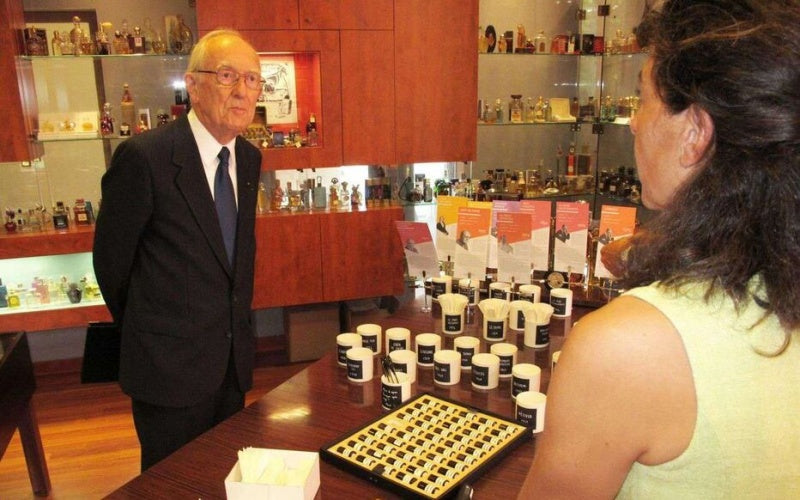Jean Kerléo is a French master perfumer who worked for the house of Jean Patou and is also the founder of the Osmothèque, a scent archive in Versailles. He created many classic perfumes, such as 1000 and Sublime, and also preserved and reconstructed many ancient and lost perfumes. He is a respected figure in the perfume industry, and has received many awards and honors for his work.
Kerléo was born on February 24, 1932 in Brittany, France. At the age of 22, he started making perfumes for a New York City company, Helena Rubenstein. He won the Prix des Parfumeurs de France in 1965, and was noticed by the company Jean Patou, which hired him in 1967. He succeeded the first two perfumers of the house, Henri Alméras and Henri Giboulet.
At Jean Patou, he composed many influential perfumes, such as 1000, a sophisticated floral fragrance that used rare and expensive ingredients; Sublime, a rich and sensual oriental fragrance that was inspired by his travels in India; and Eau de Patou, a fresh and elegant citrus fragrance that was one of his personal favorites. He also created perfumes for men, such as Patou pour Homme, a refined and masculine woody fragrance that was considered one of the best men's perfumes of its time ; and Voyageur, a modern and dynamic aquatic fragrance that reflected his adventurous spirit.
In 1984, Kerléo was responsible for the recreation of 12 iconic Patou fragrances of the early decades, such as Amour-Amour, Que sais-je, Adieu Sagesse, Chaldée, Moment Suprême, Cocktail, Divine Folie, Normandie, Vacances, Colony, L'Heure Attendue, and Câline. He limited himself to those fragrances that he could confidently reassemble based on existing formulas and available ingredients, avoiding guesswork where such reference material was not available. For this reason, many classic Patou fragrances were not recreated.
Kerléo was not only a perfumer, but also a writer and a perfume historian. He published several books about perfume, such as Le Parfum, L'Intimité du Parfum, and L'Esthétique du Parfum. He also had a private perfume, called Le Parfum de Thérèse, that only his wife could use. This perfume was considered his secret masterpiece, and one of the best perfumes ever made. After his death in 1996, his wife gave the formula to Frédéric Malle, the grandson of Serge Heftler-Louiche, the founder of Dior, and a perfume publisher. The perfume was made public in 2000.
Kerléo was also the founder of the Osmothèque, a scent archive in Versailles, in 1990. He co-founded it with other perfumers, such as Jean-Claude Ellena, Guy Robert, and Patricia de Nicolaï. In this position, he supervised, researched, and extended the collection of this fragrance archive to encompass and reconstruct more ancient and lost perfumes, such as the perfumes of ancient Egypt, Greece, and Rome, as well as the perfumes of famous historical figures, such as Marie Antoinette, Napoleon, and Josephine. He also organized conferences and exhibitions to share his knowledge and passion for perfume with the public. He handed the position of president and director to Patricia de Nicolaï, the great-granddaughter of Pierre-François Pascal Guerlain, in 2008.
Kerléo is a legend in the perfume world, and his creations have influenced many later perfumers. He regarded perfume as an art, not just a commodity. His perfumes have a unique personality and charm, that are hard to forget.

